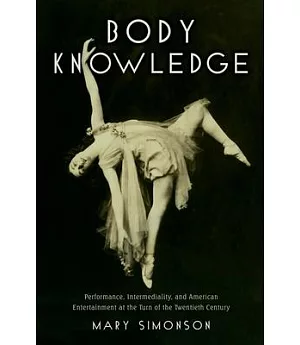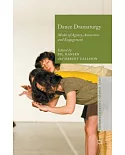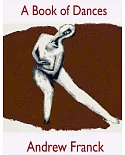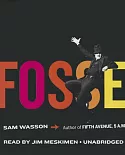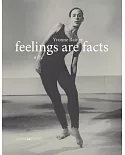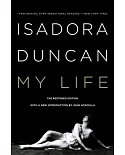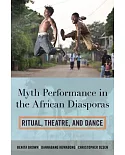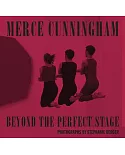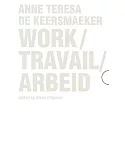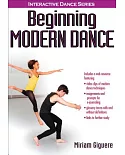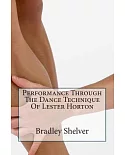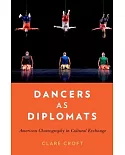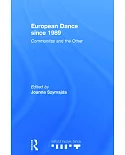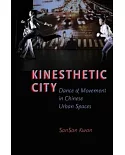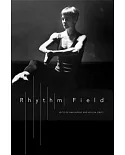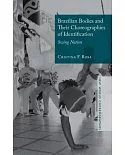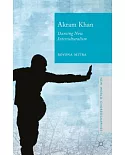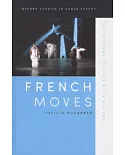While female performers in the early 20th century were regularly advertised as dancers, mimics, singers, or actresses, they wove together techniques and elements drawn from a wide variety of
genres and media. Onstage and onscreen, performers borrowed from musical scores and narratives, referred to contemporary shows, films, and events, and mimicked fellow performers. Behind the
scenes, they experimented with cross-promotion and new advertising techniques and technologies to broadcast images and tales of their performances and lives well beyond the walls of American
theaters, cabarets, and halls. The performances and conceptions of art that emerged were innovative, compelling, and deeply meaningful.
Body Knowledge examines these performances and the performers behind them, highlighting the Ziegfeld Follies and The Passing Show revues, Salome dancers, Isadora Duncan’s Wagner
dances, Adeline Genée and Bessie Clayton’s danced histories, Hazel Mackaye and Ruth St. Denis’s pageants, and Anna Pavlova’s opera and film projects. As a whole, it re-imagines early
twentieth-century art and entertainment as both fluid and convergent.

